The Children’s python (Antaresia childreni) is a beautiful non-venomous constrictor snake that is native to Australia.
These snakes are not very common outside of their native country due to export restrictions, but they make wonderful pets.
The animals in captivity outside of Australia are known for being incredibly docile thanks to years of captive breeding (see my complete care guide for children’s pythons).
This list will go over the available color variations for the species.
Note, the Stimson’s python is considered to be the same species since they are just a local variation that does not have very many genetic differences.
A Note on Availability
As noted in the introduction, there is a ban on exporting snakes from Australia. This means that there are very few morphs that are available outside of the country.
A few morphs and selectively bred variations can be found at the least in the United States and the United Kingdom.
If you are lucky enough to live in Australia and can access the other morphs, they will also be listed so you know your options with these beautiful snakes.
Some morphs may be called the same in different countries but look very different. Do your research and if you find a breeder, ask for pictures of the parents or older siblings so you know what to expect.
1. Black Eye
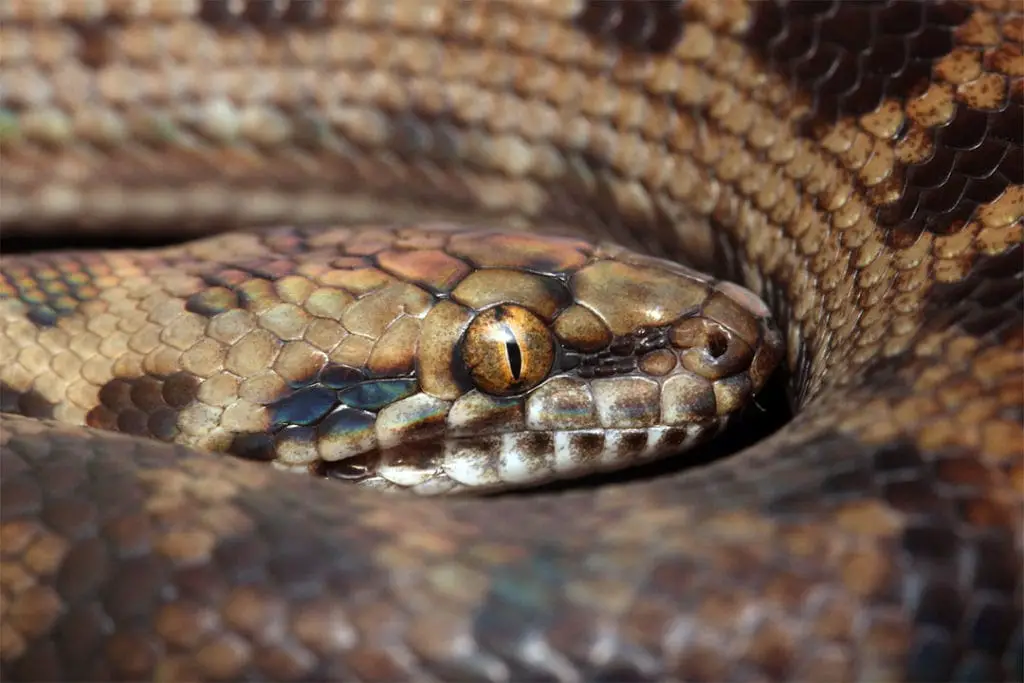
This is the single most common morph available in the United States.
There are few visible differences in the color or pattern of the snake as a whole with this recessive gene. Its main effects are changing the eye color to black and frequently changing the scales.
The scales can become keeled. Many adult examples are also more on the red side of normal Children’s python colors.
Most snakes sold in the US with the label are considered to carry the gene. If you want a unique-looking pet and don’t intend to breed, be sure you look at the pictures of your potential snake.
2. Red Phase
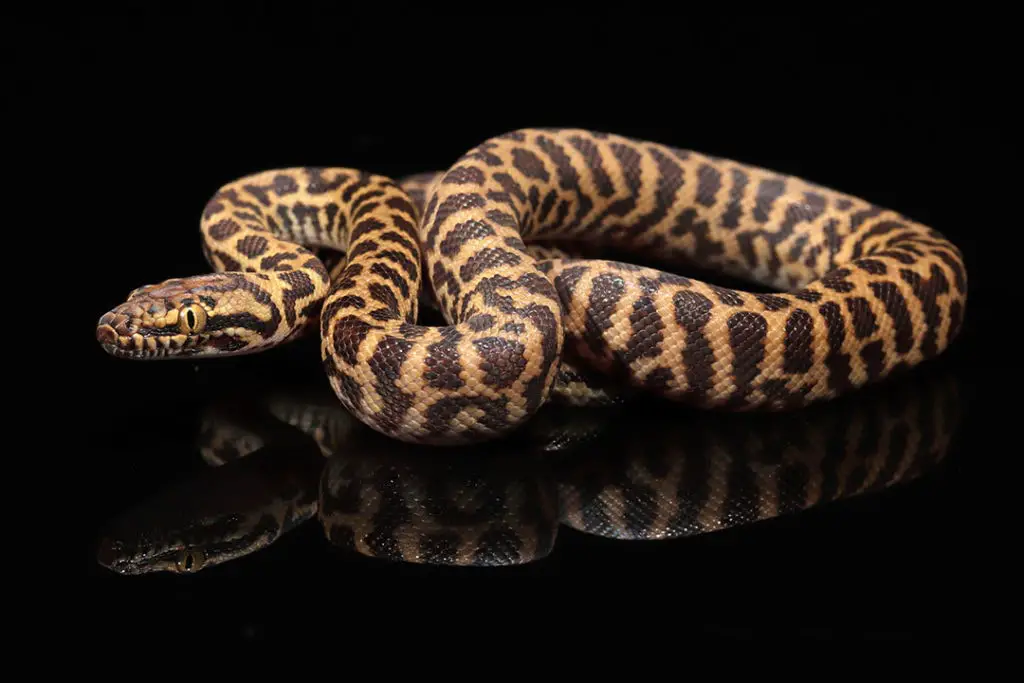
This morph is the result of selectively breeding for color.
Red phase snakes tend to be redder in color but tend to keep the typical pattern for the species. This morph is available in the United States and is easy to find.
It may be possible to find it in Europe as well depending on your exact location. Be careful though, since Children’s pythons can hatch in a number of colors and they can change tone over their life. Many snakes become duller and have less obvious patterning as adults.
3. Hypo
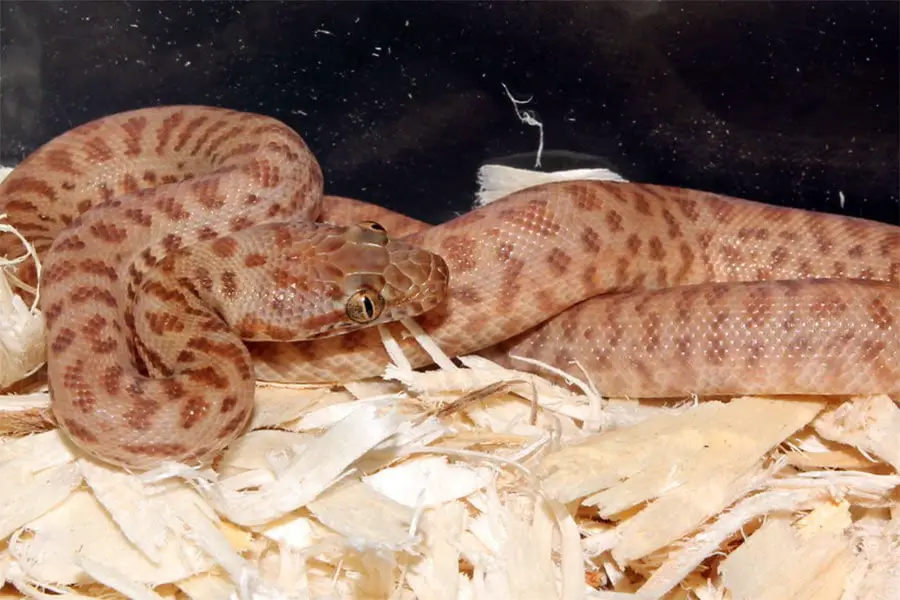
Hypo is the term for a snake that has less melanin but isn’t fully albino.
These snakes tend to be an almost uniform brown for background and markings, but they are fairly rare in the United States. It can be hard to find and may not breed true.
4. Granite
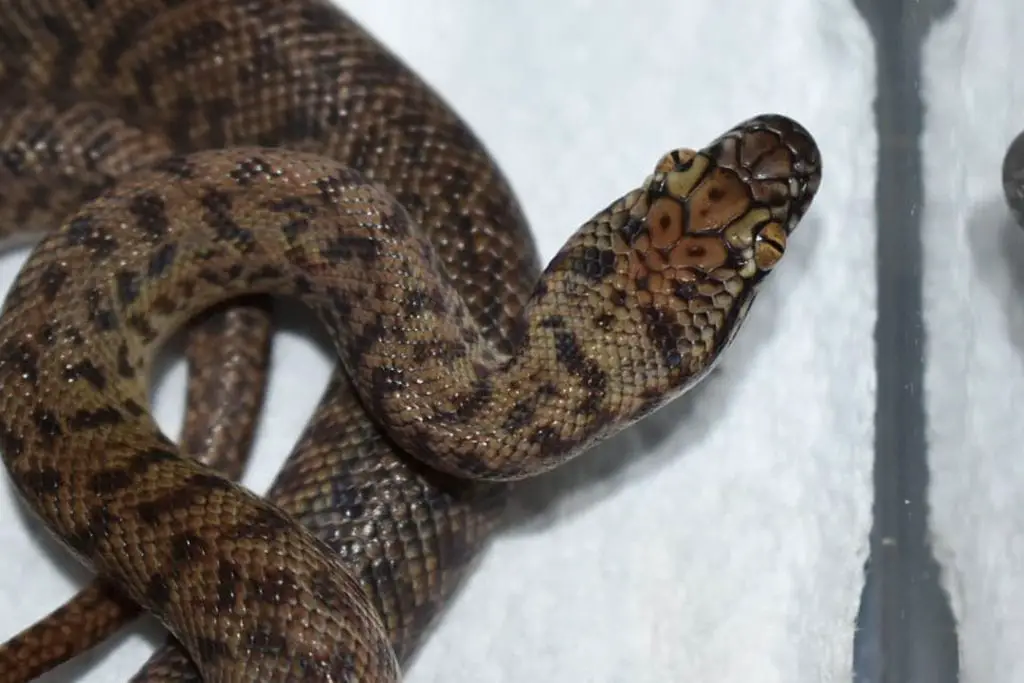
This is the final morph that can be found in the United States, though it is more common in Australia. These snakes have a tan or yellow as a background with a changed pattern that looks similar to the rock the morph is named for.
Australian examples can have a darker background with the broken-up pattern.
5. Marble
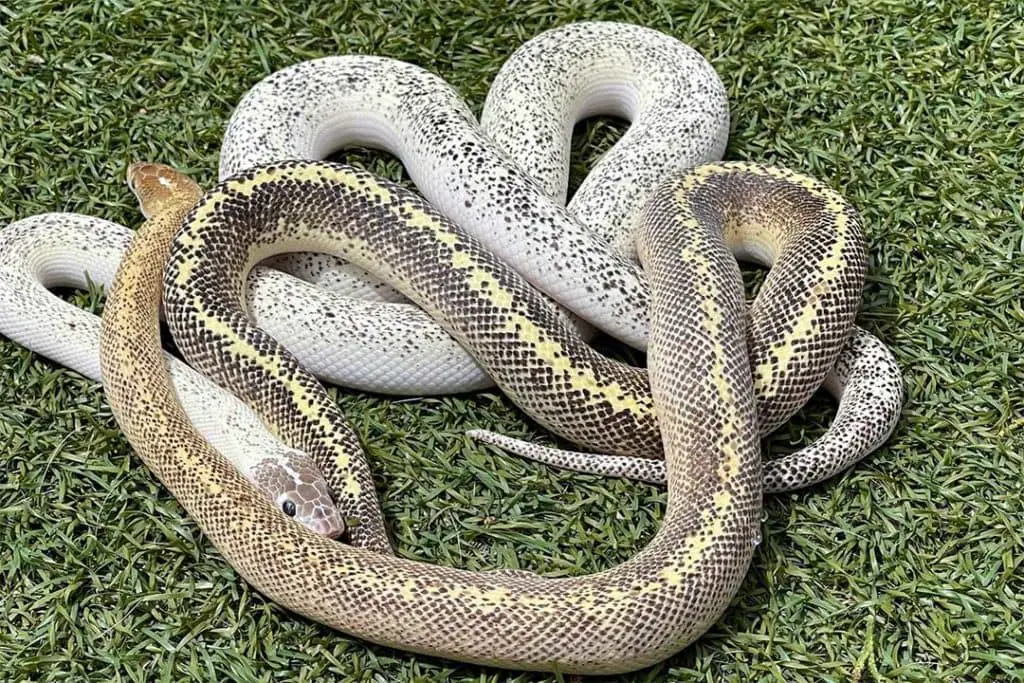
This is another pattern morph but is only really found in Australia.
The background color can be anything from very dark to very light and every shade in-between. The pattern itself varies by animal but produces a look much like the stone it is named for.
It is a recessive gene and different lines may produce more or less of the patterning. They tend to be light orange or pink at hatching, which can help tell them apart when young.
6. T+ Albino

There are a few lines of albino, but most are T+. This means the snake has Tyrosinase, which is the enzyme that creates melanin.
While these snakes do lack melanin, their eyes tend to not be affected like those of a T- albino.
In Children’s pythons, they tend to be a light brown or cream color. They tend not to have the bright appearance attributed to Stimson pythons or other members of the Antaresia genus.
This is a recessive trait, so both parents need to carry the gene to produce a visual albino.
7. T- Albino
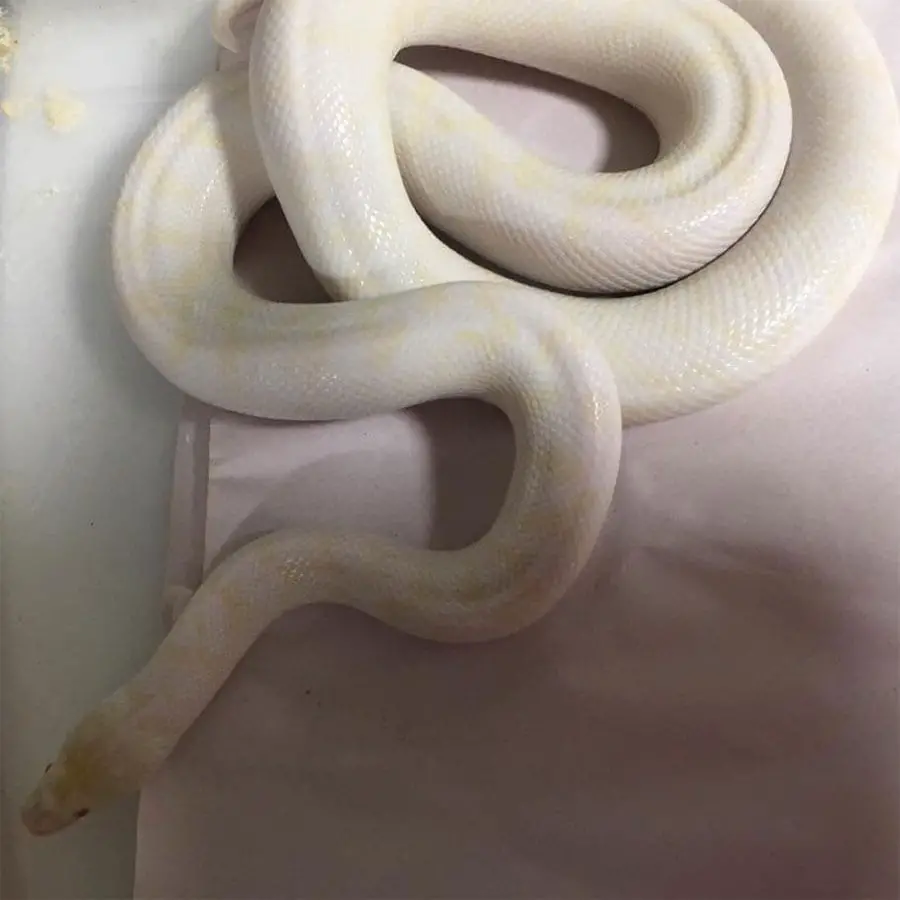
T- is full albino – pink eyes pink tongue full melanin reduction – the classic albino morph.
8. Patternless

This is another recessive trait that affects patterns. In this case, the python is completely lacking the pattern. Only the background color of the snake is visible.
This makes for an interesting look since these snakes can have a faint iridescence to the scales much like a rainbow boa. This may be available in the United States, but it seems to be rare.
9. Ghost
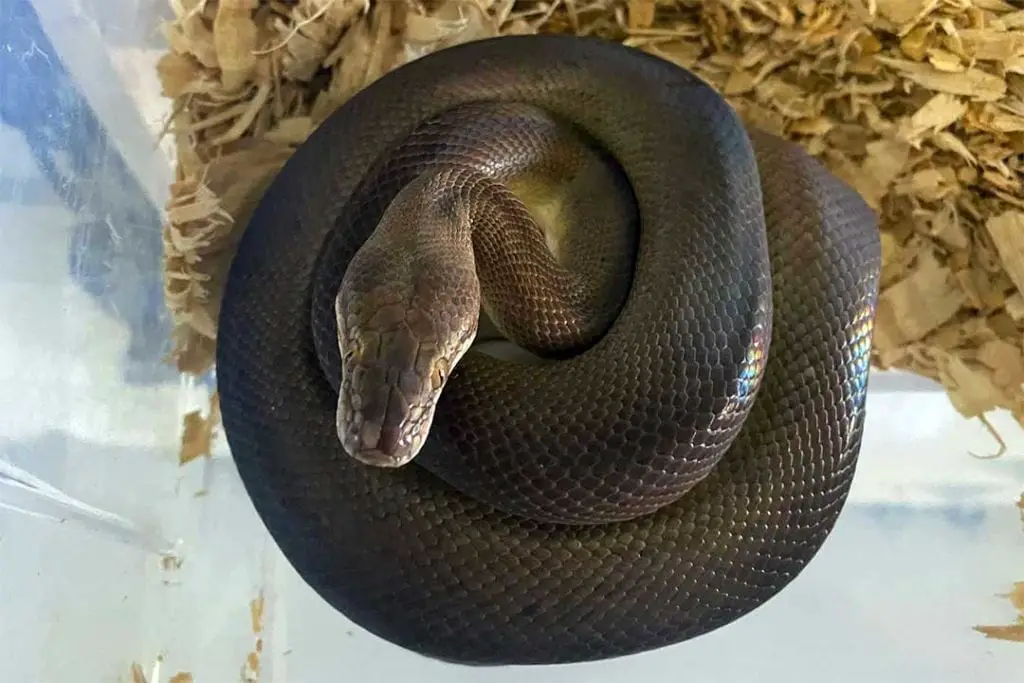
Ghost Children’s pythons tend to be light in color with reduced patterning. Most snakes will have a gray tone with very light patterns along the body that may even disappear in places.
They tend to look similar to the patternless morph but will have a gray or cream color compared to a patternless snake. This morph might be in the United States, but it is rare.
10. Piebald
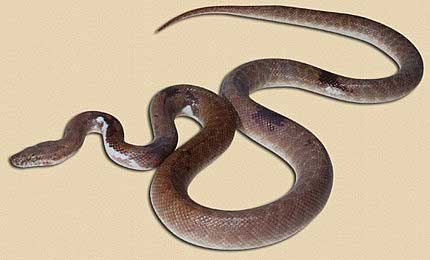
Like other species of snake, piebald Children’s pythons have patches of white. The exact amount will depend on the individual snake.
As of the time of this writing, this is fairly uncommon and seems to only be found in Australia.
The only snakes I was able to locate had few white patches like most other founding snakes for this morph in other species. More impressive-looking animals may appear with time as breeders work with the gene.
Conclusion
Children’s python morphs are most prevalent in Australia. There are some morphs available outside of the country but it is limited.
Try to search for breeders that are in your area so you know you can get the morph you want.
If you know of any more morphs or where to legally acquire certain morphs outside of Australia, please leave a comment below.
If you have any questions, you can ask below as well.
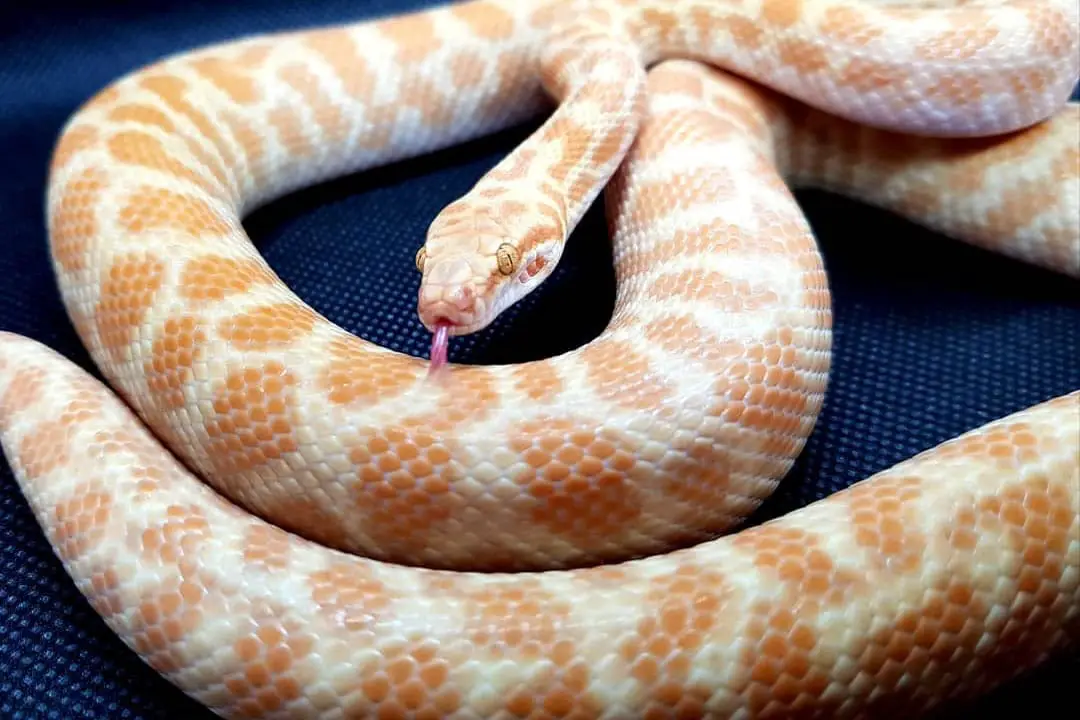
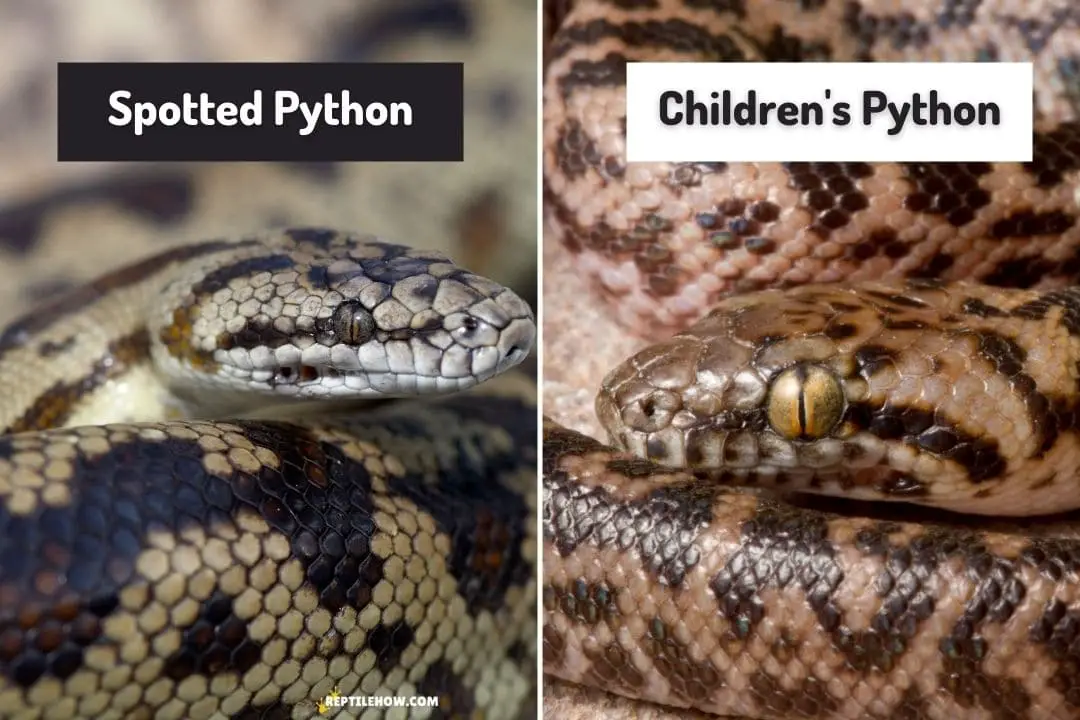
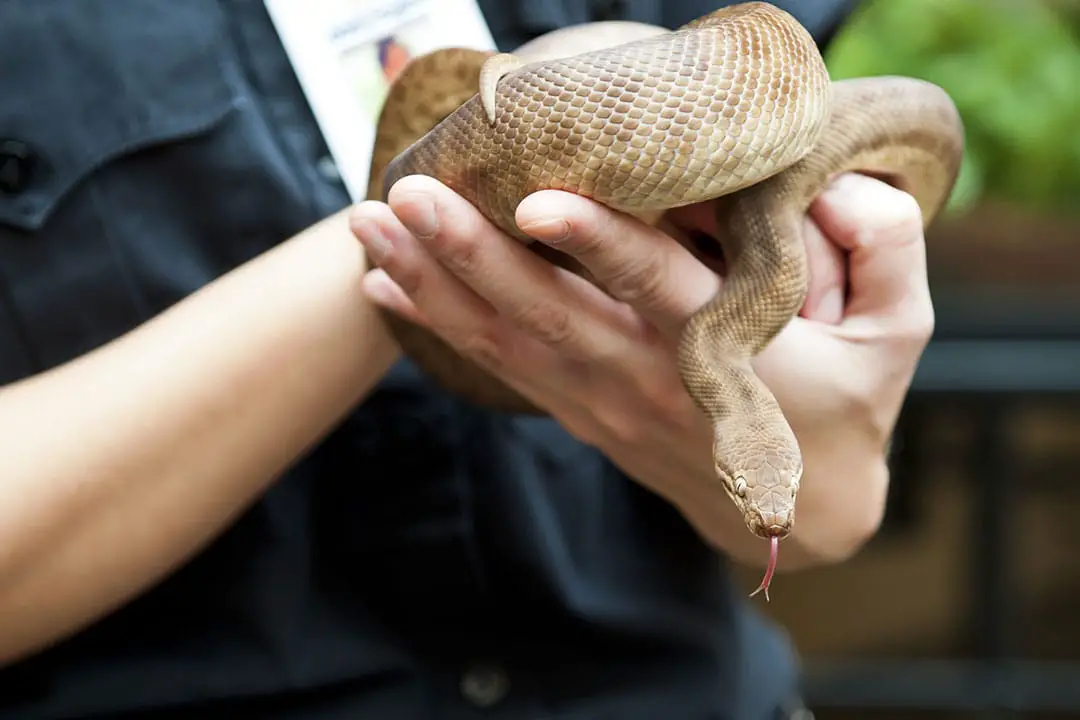
What are the baby’s called if you cross a patternless with a ghost